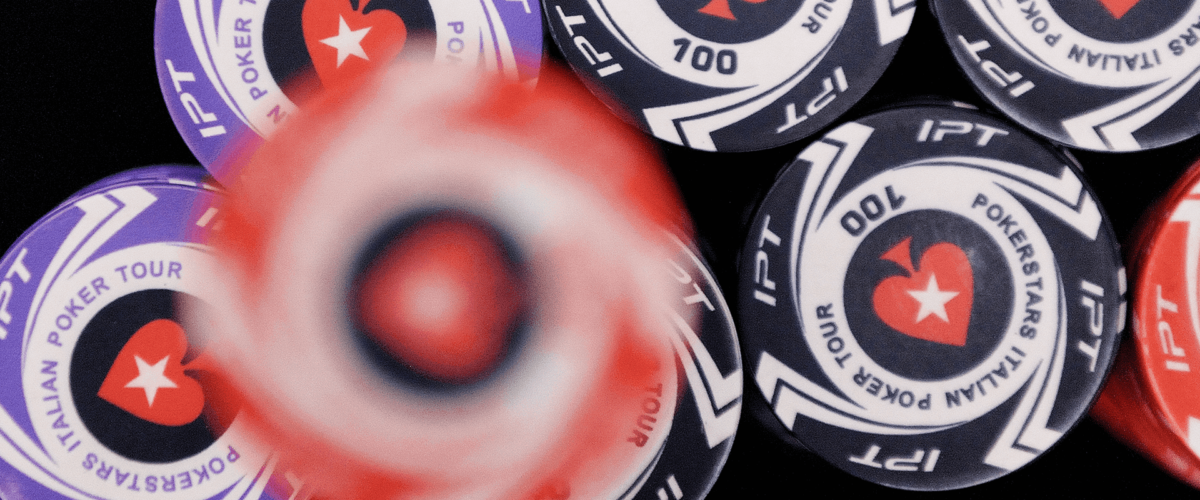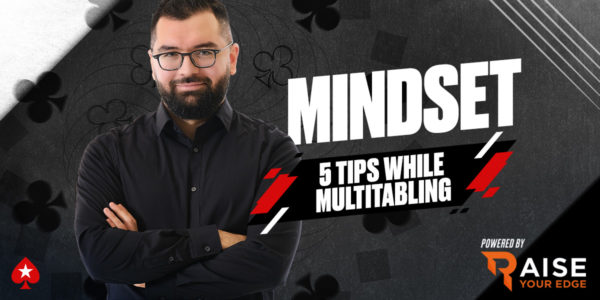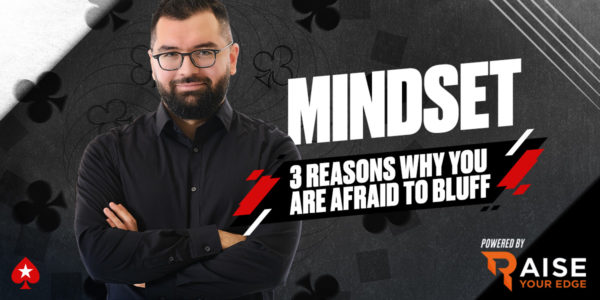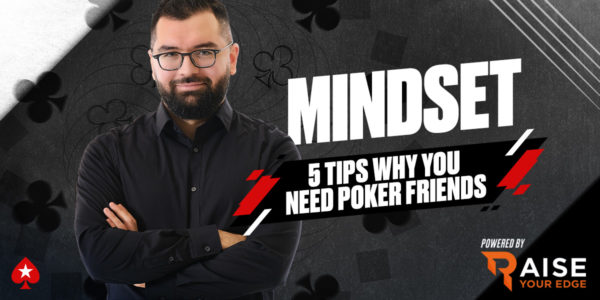Stop Losses and Breaks
Losing sessions are inevitable, even for the biggest long-term winning players. Having a stop loss in place means setting a non-negotiable rule in advance about how many buy-ins you have to lose before you must quit your session. This rule exists to protect you from the consequences of playing on after incurring significant losses in a short space of time. The negative effects of bad variance include emotional interference; desire-based play; chasing losses; developing negative feelings towards poker; and more. In today’s article, we explore how to find the right stop loss for you in order to limit the mental-game problems that threaten to wreck your win-rate.
Why Do we Need a Stop Loss?
Assuming you are playing 100BB deep cash games or ZOOM games, the normal number of lost buy-ins that is likely to trigger serious mental-game issues is between 2 and 6. Very few of the hundreds of players I have ever coached are able to even play their B game let alone A game after losing six buy-ins. The human mind is simply not built to expect such sustained bad fortune. He trouble is that in real life, where our brains first evolved and learned about the world, variance is much lower than in poker. Thus, we naturally react with disgust, anger, or anxiety when poker subjects us to horrific sessions. Trying to function in the mist of this reaction is impossible. We simply need a stop loss.


Setting a Session Stop Loss
Your stop loss should be set in stone before you start playing. Do not trust your in- game self to be the judge on when you should quit. If you are losing heavily then you are likely to be biased in favour of playing on and might convince yourself that you are less rattled than you really are.
The size of the stop loss you set for each session is completely up to you. I would not recommend setting anything below two buy-ins for cash games. It is very easy to lose a stack early on in your session. If you are quitting every time this happens, you will dramatically limit your volume to the point where progress will be very difficult. On the other hand, you do not want to play while feeling severe emotional interreference or experiencing the urge to chase losses. If you find yourself suffering from strong impulses to recoup lost money, then your problem-solving skills are probably quite dysfunctional. Cold calculated decision-making will be impossible under such circumstances so get up and take that much needed break. There is no point whatsoever in wasting time playing when your win-rate is reduced when you could be recharging yourself to play a higher quality of session in half an hour’s time.
Here are my guidelines for setting a stop loss depending on your own mental game:
- Players who frequently experience anger and impulses to chase losses during losing sessions should start out with a two buy-in stop loss. Even a short break of 15 minutes might be enough to reset back to an optimal state of mind. This can be gradually extended as the player improves his or her mental game over time.
- Players who can generally handle moderate losing sessions but are prone to altering their playstyle after losing a few stacks should set a stop loss of 3-4 buy-ins.
- Players who are hardened grinders and are comfortable making their best choices even during heavily losing sessions should set a stop loss of 5-6 buy-ins. As resilient a player as you may be, every human has limits when it comes to enduring brutal variance. You are not invincible.
Setting a Daily Stop Loss
When you incur multiple losing sessions in a day, long-term tilt starts to seep in. This happens due to the natural degradation of willpower – the finite resource you need to retain a high level of logical reasoning while under emotional pressure. The more bad beats you take and coolers you endure, the more your willpower gets bashed. When there is too little willpower remaining, the wall caves in and the negative emotions come pouring out, ruining your game in the process. If the wall of willpower has caved in majorly that day, taking an hour off is unlikely to do any good. The wall can be rebuilt only slightly in that time. A longer break is advisable
On a losing day, you might find that you feel moderately revitalised after a break, but that it only takes one or two unlucky pots before you’re right back in the throws of tilt. You need to allow enough time for willpower to restore itself fully. This can mean taking the rest of the day off poker.
If you are playing your D-game, that extra 40 minutes you were planning on playing is better spent resting or studying any way. As a poker player, you must manage your time so that you play when you’re firing on all cylinders and recharge when you are not. Do waste time and energy playing low quality volume.


Taking a Planned Hiatus
Sometimes a student disappears in the middle of his block of lessons. He doesn’t respond to my emails, and then months later, he rematerializes expecting to start coaching again. This is an unplanned hiatus and students who do this typically lack the grit to get anywhere in the game.
A planned hiatus, however, can be a very sensible idea when you are enduring relentless bad variance and feeling like it’s too difficult to hold your game together. You sit down to play and after losing just one big pot, the negative thoughts from the day before are already bouncing around your head. You feel anxious and are dreading the rest of your session. Players who have been brainwashed by bad luck, or perhaps their own bad play, expect losing days. They might wonder: ‘How much will I lose today?’ This sort of pessimistic mentality usually indicates that the player is in need of a longer detox.
Taking a week off poker can be a remarkable way to rejuvenate not just your energy and willpower, but also your love of the game. Decide when you will return to the felt and plan fun and relaxing activities to fill up your poker hiatus. You will return energised and motivated. Your game will feel resilient and you will once again possess the spark that motivates high quality play and study.
Players who moan about bad luck, sites being rigged, or games being unbeatable have only themselves to blame. A planned hiatus could have prevented them building up such delusional and toxic ideas.













